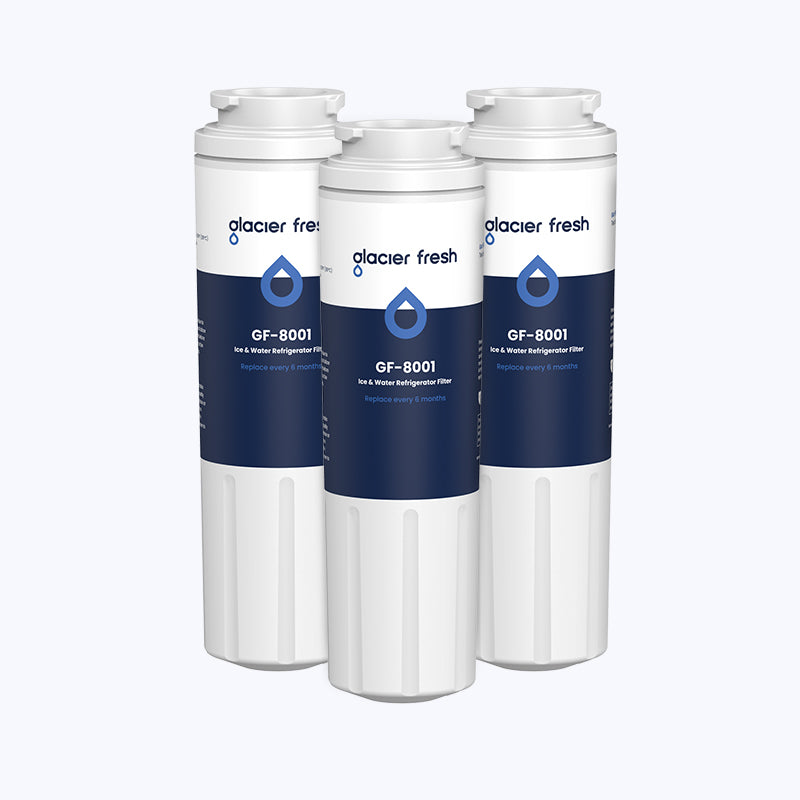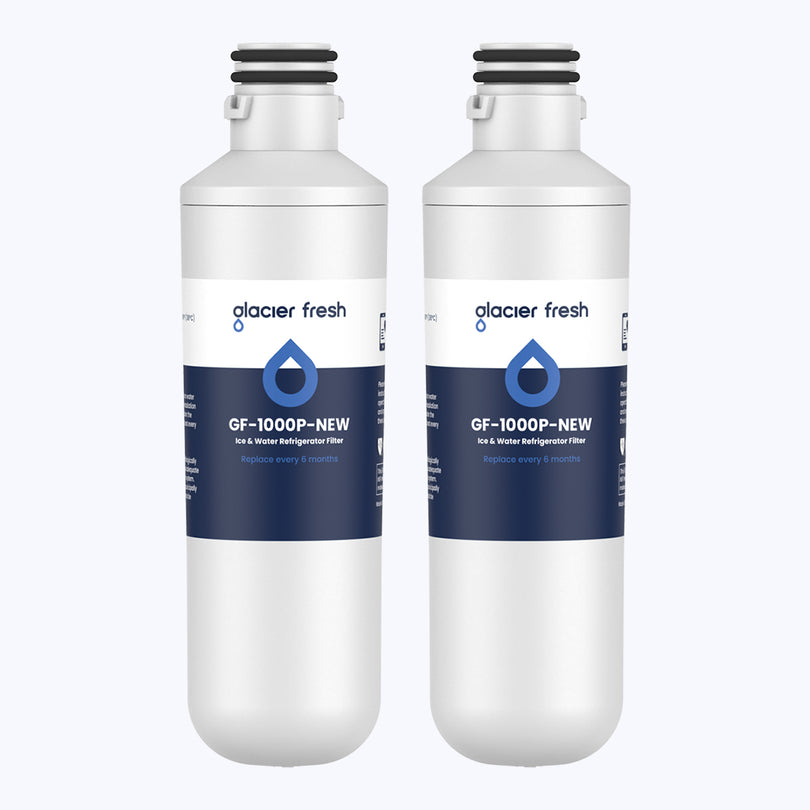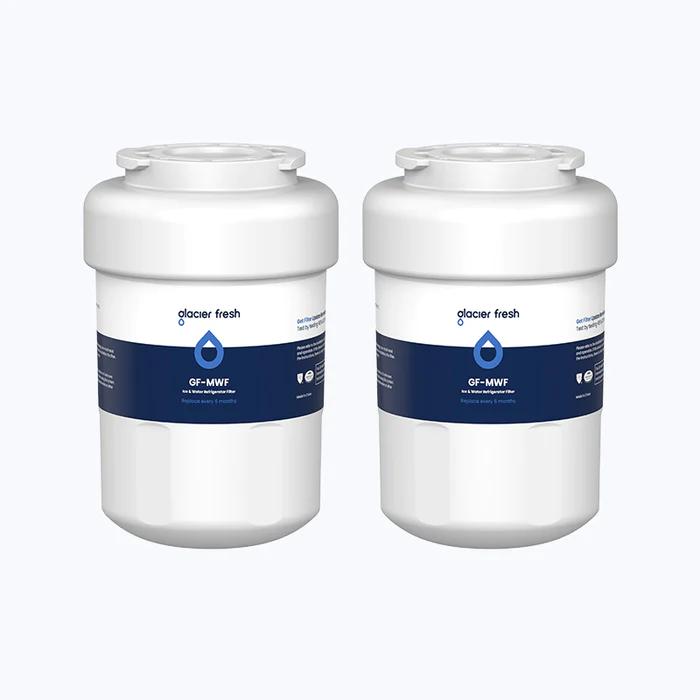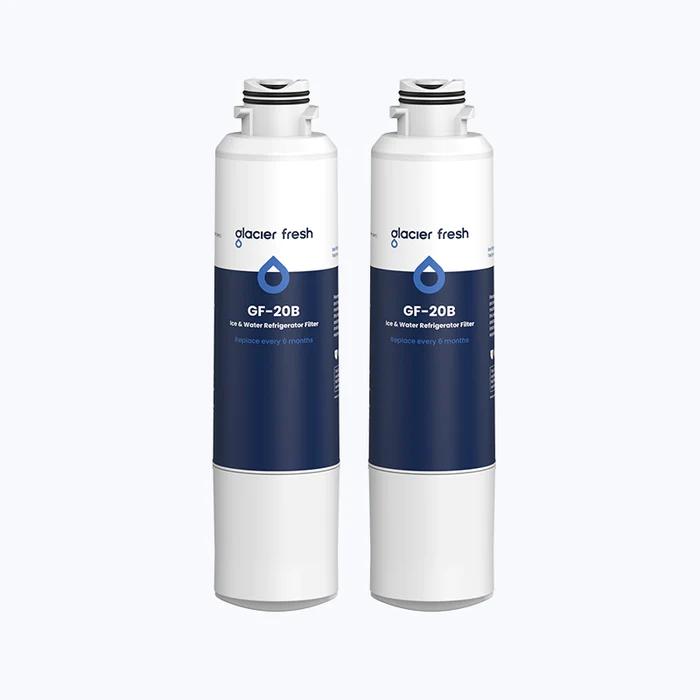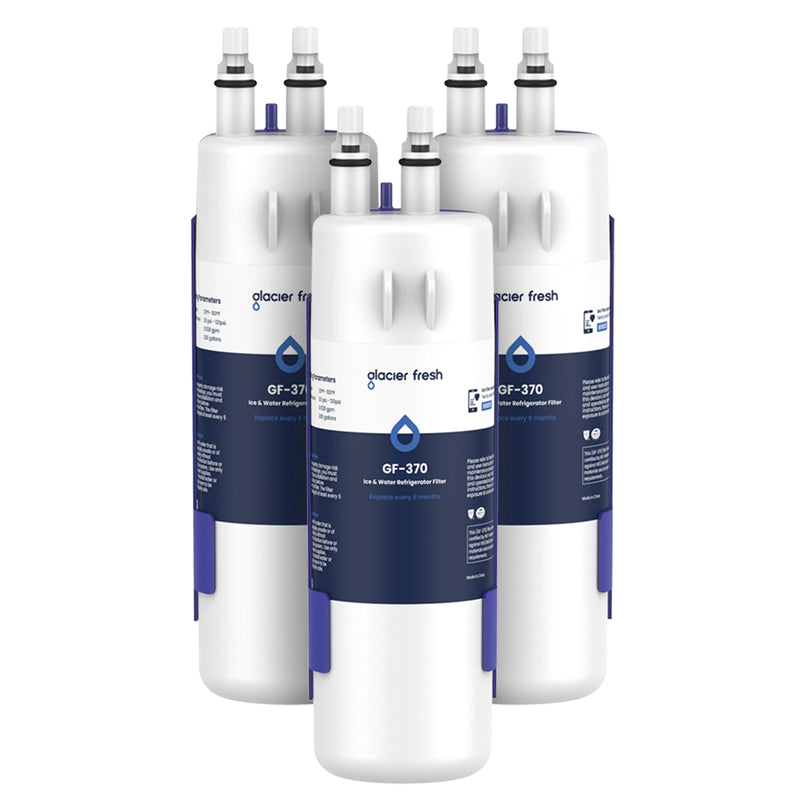Table of Contents:
Understanding ceramic filtration technology
Benefits of ceramic filtration
How ceramic filters work
Different types of ceramic filters
Choosing the right ceramic filter for your needs
Maintenance and replacement of ceramic filter
FAQs
Conclusion
Clean drinking water is essential for good health, yet many parts of the world lack access to safe water sources. One technology that has emerged as an effective and sustainable solution is ceramic filtration. Ceramic filters provide an affordable and reliable way to remove bacteria, protozoa, and turbidity from water. This blog post will explore how ceramic filtration works, its benefits, the different types of ceramic filters available, how to choose the right one, and frequently asked questions.
Understanding ceramic filtration technology

Ceramic filters combine clay with a burn-out material like sawdust, rice husks, or coconut shells. The mixture is molded into shape and fired at high temperatures between 800-1000°C. This process burns off the organic material, leaving tiny pores in the clay that water can pass through while trapping contaminants.
The pore size in ceramic filters typically ranges from 0.2 to 1.0 microns. This allows water to flow through small enough to remove bacteria and protozoa larger than 1 micron. Standard ceramic filters do not remove viruses that are smaller than 0.1 microns.
In addition to the physical filtering, ceramic filters also improve water quality in other ways:
- The clay attracts and binds chemicals and heavy metal ions like arsenic, fluoride, aluminum, and lead through adsorption.
- A biofilm forms on the porous surface of the ceramic over time. This layer of microorganisms metabolizes disease-causing bacteria and pathogens.
- The slightly porous structure neutralizes pH and improves taste and odor by absorbing chlorine and organic contaminants.
The result is cleaner, safer drinking water free of pathogens, toxic chemicals, bad tastes, and odors.
Benefits of ceramic filtration

Ceramic water filters offer many advantages over other household water treatment methods:
Effective Filtration – Lab testing shows ceramic filters consistently remove over 90-99% of bacteria and protozoa, surpassing EPA standards for water filters. The tight pore structure provides an effective physical barrier to contaminants.
Long Lasting – With proper cleaning and maintenance, ceramic filters can last 5-10 years, far longer than other solutions requiring ongoing consumables. This makes them very cost-effective over time.
Flow Rate – Ceramic filters typically process 1-3 liters per hour, slower than some methods but fast enough to meet daily drinking water needs. The water flows through via gravity alone without electricity or added pressure.
Simple to Use – Using a ceramic filter is very straightforward. Water is poured into the top receptacle and flows through the ceramic element into a storage container below. No power, expertise, or controls are required.
Portable – Small ceramic filters are lightweight, durable, and easy to transport, making them valid for travel, emergencies, or outdoor activities. Larger units work well for household use.
Less Waste – Unlike plastic bottled water or membrane filters, ceramic filters produce no waste or consumables that require ongoing purchase and disposal. This makes them very eco-friendly.
Affordable – Home ceramic filter systems typically cost $20-50 depending on size, making them accessible even to low-resource settings. With no recurring costs, they are very economical.
Ceramic filtration provides an accessible, simple, sustainable solution for household water treatment. But how do they work, and what types are available?
How ceramic filters work

Water is poured into the top receptacle of a ceramic filter, passing through the porous ceramic element below by gravity. Contaminants and particles larger than the pores get trapped in the ceramic matrix while the clean water flows into a storage container.
The ceramic acts as a physical barrier and adsorbs chemicals and pathogens to its surface. Over time, a biofilm layer forms, which metabolizes disease-causing microorganisms. The result is the removal of bacteria, protozoa, turbidity, organic contaminants, and metals and improving taste, odor, and pH. The filtration process relies on gravity; no pressure or power is required. Flow rates range from 1-3 liters per hour, depending on the filter size and quality. The pace slows over time as contaminants block the pores. Regular cleaning restores the flow.
Ceramic filters come in two main designs-candle and pot. Candle filters contain cylindrical or disk-shaped ceramic elements suspended in a plastic or stainless steel housing. Pot filters are bucket-shaped, with the ceramic filter integrated into the bottom or sides of a clay pot. Within these two basic configurations, there are many sizes and styles. The key factors that affect performance are the composition of the clay, pore size, filter geometry, and production quality.
Different types of ceramic filters
Pot filters
This style gets its name from the basic design - a bucket-shaped pot made of clay with a filtration element built into the bottom or sides. Water is poured into the top receptacle and percolates through the ceramic filter element into the lower chamber for collection.
- Pros: Simple design, meager cost
- Cons: Prone to recontamination if water contacts unfiltered water
- Cost: $5-$20
- Common Brands: Potters for Peace, Hydraid, Justa
Candle filters
Candle ceramic filters house the filtration element in a plastic or stainless steel housing suspended above a collection bowl. Water drips through the candle into the storage chamber without contact with unfiltered water.
- Pros: Prevents recontamination, often includes activated carbon
- Cons: More complex design, higher cost
- Cost: $25-$50
- Common Brands: Sawyer, Doulton, Berkey
Ceramic disk or cartridge filters
These contain a filtration media composed of stacked ceramic discs or cylindrical cartridges that optimize surface area. They offer faster flow rates and are integrated into higher-end systems.
- Pros: Excellent flow rate and filtration efficiency
- Cons: Much higher cost
- Cost: $50-$200
- Common Brands: Katadyn, LifeStraw
Ceramic layer filters
Some units combine a ceramic filtration layer with other media like activated carbon to enhance the removal of chemicals and odors.
- Pros: Expanded contaminant removal
- Cons: Increased cost and complexity
- Cost: $50-$100
- Common Brands: Berkey, ProOne
As you can see, there’s quite a variety in configurations, sizes, costs, and performance. Choosing the right ceramic filter depends on your specific needs.
Choosing the right ceramic filter for your needs
Here are some key factors to consider when selecting a ceramic water filter for home use:
Source Water Quality –If a tap or healthy water has high turbidity or chemical contamination, choose a filter with activated carbon to help reduce this.
Daily Water Usage – Estimate how much filtered water you’ll need daily for drinking and cooking, then pick a model with the right flow rate capacity.
Household Size – Larger capacity ceramic filters or multiple units may be needed for larger families and frequent usage.
Portability – If you want to use your filter when traveling or camping, choose a lightweight, durable, portable model.
Filtration Efficiency – Verify third-party lab results to confirm the filter meets EPA standards for bacteria/protozoa removal.
Flow Rate – Faster flow rates make it quicker to filter enough water but may come at the expense of filtration performance.
Cost – Bucket filters are the most economical option for essential water filtration, while multi-stage systems with added filtration media cost much more.
Replacement Parts – Candles or cartridges will eventually need to be replaced, so factor this into long-term costs.
Taking the time to match a ceramic filter to your needs properly will ensure you get an optimal blend of safety, convenience, and affordability.
Maintenance and replacement of ceramic filter

To keep a ceramic filter performing at its best, some periodic maintenance is required:
- Scrubbing - Use a brush and mild detergent to scrub the ceramic surface and remove any sediment buildup clogging the pores. This can be done daily or weekly, depending on usage.
- Boiling - Bring filtered water to a boil and pour it through the filter. This heat treatment helps kill bacteria and restore flow. Do this monthly.
- Acid Soak - Soak the ceramic in a mild bleach, vinegar, or lemon juice solution for 30-60 minutes to dissolve mineral deposits and break up biofilm. Rinse thoroughly before using. Do this every 2-3 months.
- Flow Monitoring - Keep an eye on the filtered water flow rate. If it starts to slow down significantly, try cleaning. When cleaning no longer restores flow, replacing the ceramic filter element is time.
- Element Replacement - The ceramic filter element should be replaced every 1-5 years, depending on usage, water quality, and care. Candle-style filters will have replaceable cartridges, discs, or pots.
Proper cleaning and replacement ensure the ceramic filter continues removing pathogens and flows at an adequate rate. Follow the manufacturer's guidelines for your particular model. With good maintenance, a quality ceramic filter can provide 5-10 years of reliable service.
FAQs
What are the limitations of ceramic filtration?
Ceramic filters do not remove viruses, dissolved chemicals, or heavy metals. Using a carbon block pre-filter improves the removal of certain chemicals like chlorine and pesticides. Nanofiltration or UV treatment can eliminate viruses.
Are ceramic filters safe for children and pregnant women?
Yes, when produced by a reputable manufacturer, ceramic filters are safe for everyone, including children and pregnant women. They have water cleaner than many municipal sources.
Can I filter hot or non-water liquids through a ceramic filter?
Ceramic filters are designed only for filtering cool or room-temperature water. Please do not use them to filter juice, milk, or hot liquids, which can damage the ceramic pores.
Conclusion
Ceramic filtration is a proven, effective technology that safely eliminates bacteria and protozoa from drinking water using a natural, sustainable process. The benefits over other home water treatment methods include:
- High filtration efficiency removing over 99% of pathogens.
- Long lifespan with affordable, upfront costs.
- Simple gravity-powered system requires no consumables or electricity.
- Durable, eco-friendly design with minimal waste.
With a wide range of types and sizes available in candle and pot configurations, there’s a ceramic filter for any household’s needs and budget. Adequately maintained with regular cleaning, a quality ceramic filter can provide a reliable source of contaminant-free water for years. So, give ceramic filtration a try for your home today!

